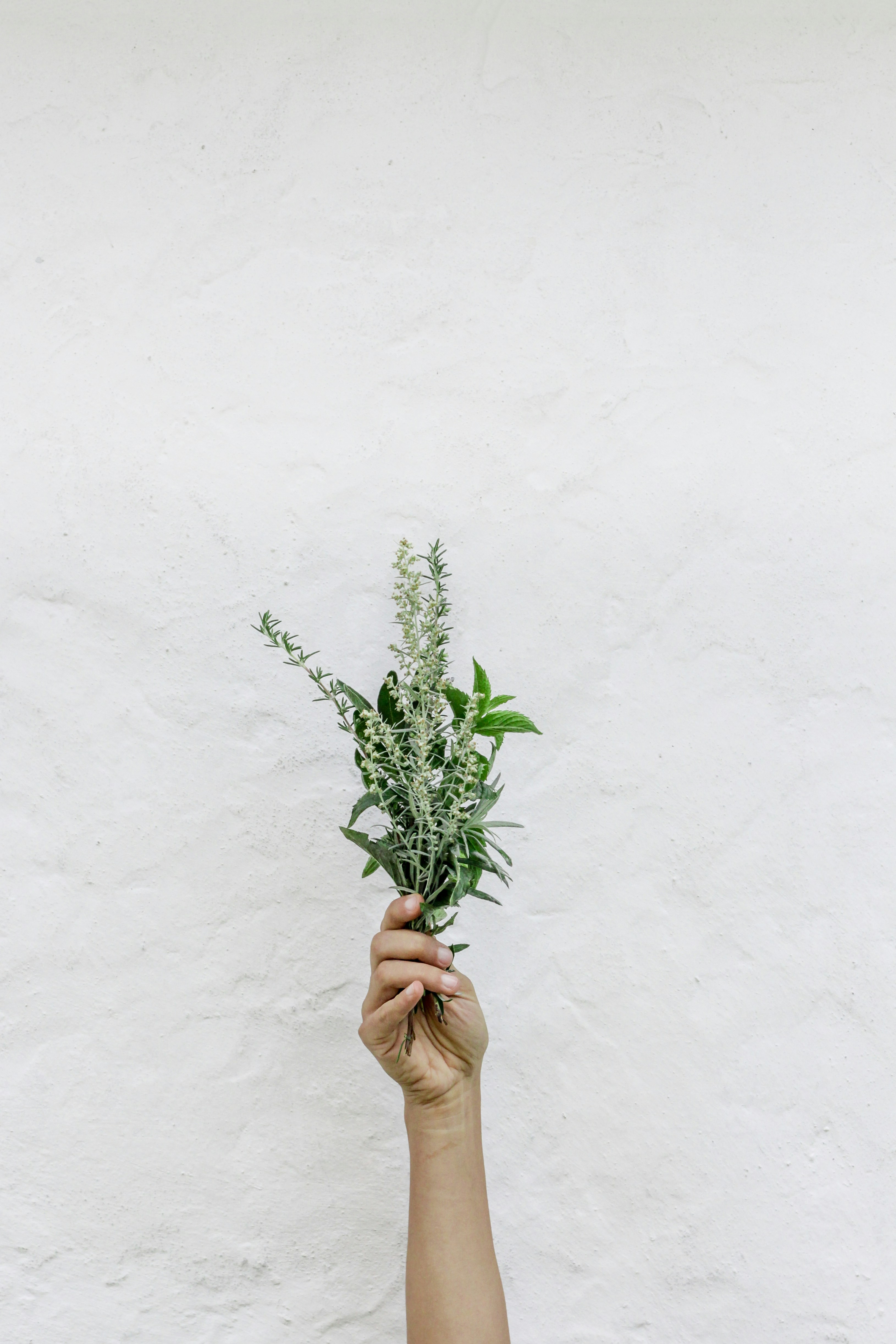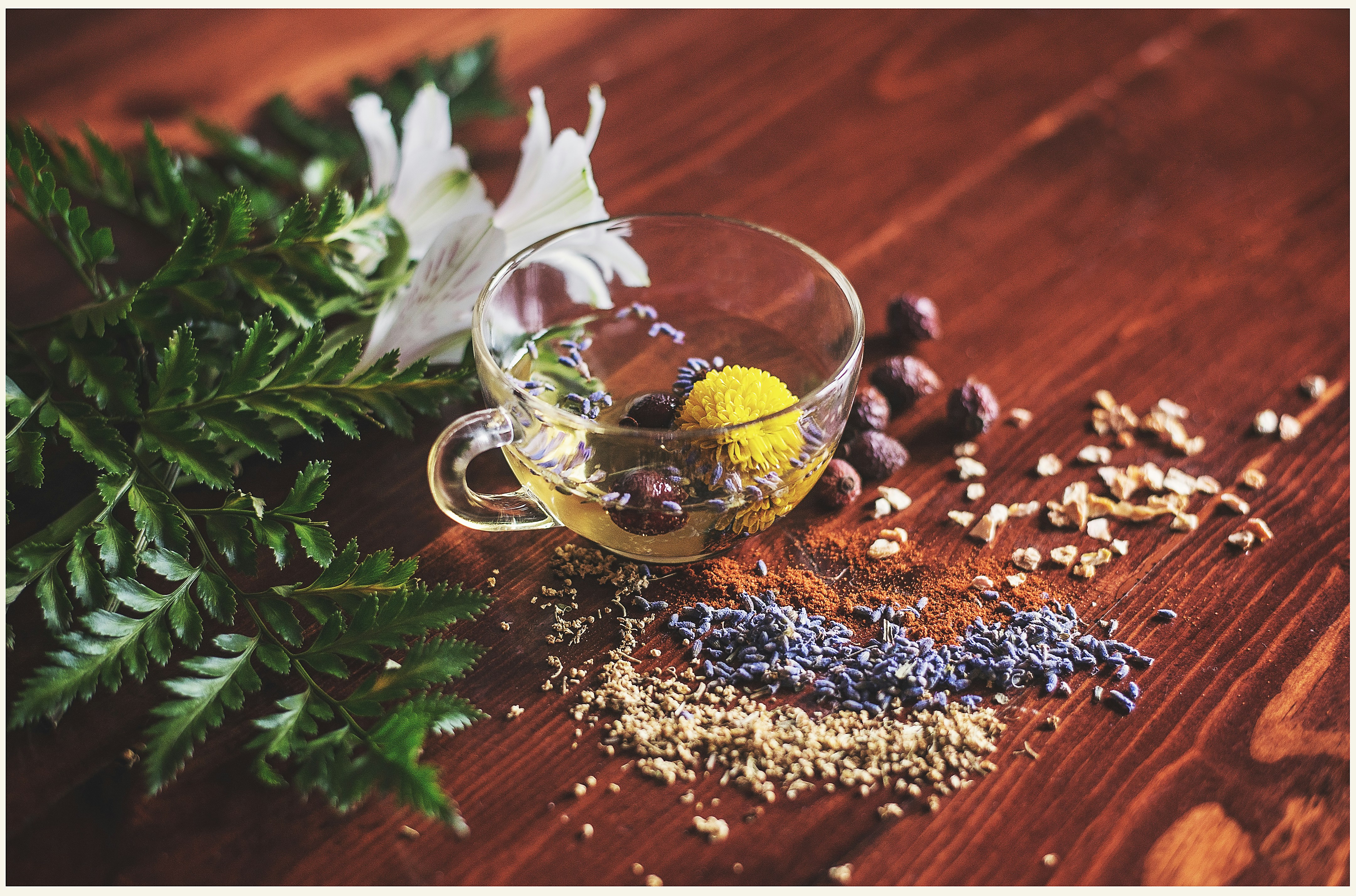Have you ever wondered about the oxalate content in the herbs you use for medicinal purposes? This might not be the first thing on your mind when you brew a comforting tea or whip up a herbal remedy, but understanding the oxalate content in these herbs can be important for your health. Let’s take a journey through the intriguing world of medicinal herbs and unveil the oxalate levels within them.
Understanding Oxalates
Oxalates, or oxalic acid, are naturally occurring organic compounds found in a variety of plants. They can form insoluble salts by bonding with minerals such as calcium, leading to potential health issues like kidney stones. While the human body can handle a certain amount of oxalate, an excess can lead to the aforementioned health problems.
In the realm of medicinal herbs, knowing their oxalate content can be a game-changer for those who might be prone to oxalate-related health issues. This section will give you a comprehensive insight into what oxalates are and why they matter.
The Impact of Oxalates on Health
It’s essential to grasp how oxalates can impact your health to make informed decisions about your herb intake. Oxalates, when consumed in high amounts, may contribute to the formation of kidney stones, especially in people who don’t have enough calcium in their diet to bind with oxalate in the gut. Other health issues associated with high oxalate consumption can include vulvodynia and chronic pain.
Kidney Stones
Kidney stones are primarily composed of calcium oxalate. For individuals susceptible to kidney stones, reducing dietary oxalates is often recommended. Managing oxalate intake is crucial for these individuals to prevent stone recurrence.
Oxalates and Gut Health
The balance of your gut flora can influence how your body processes oxalates. Certain bacteria in your gut, like Oxalobacter formigenes, play a role in breaking down oxalates, potentially reducing the risk of related health conditions. Once you grasp this essential relationship, it places more significance on the understanding of oxalate consumption.
Oxalate Content in Everyday Foods
Before delving into medicinal herbs, let’s take a short detour to discuss the oxalate content in some common foods you might consume. Understanding this context will help you appreciate the oxalate levels in herbs more comprehensively.
| Food Item | Oxalate Content (mg per 100g) |
|---|---|
| Spinach | 750 |
| Rhubarb | 860 |
| Almonds | 469 |
| Chocolate | 117 |
| Beets | 152 |
This table presents a few examples of foods that are high in oxalates, offering a reference point for when we explore the oxalate levels in herbs.
Medicinal Herbs and Oxalate Levels
Now, let’s reconnect with our main topic: medicinal herbs. You might use these herbs in various forms, such as teas, tinctures, or poultices. Each form and preparation method can influence the oxalate content that ends up in your bloodstream.
Common Medicinal Herbs and Their Oxalate Content
Various medicinal herbs you might encounter have different oxalate content levels. This section highlights some widely used medicinal herbs and provides approximate oxalate values.
| Medicinal Herb | Oxalate Content (mg per 100g) |
|---|---|
| Parsley | 100 |
| Coriander (Cilantro) | 50 |
| Basil | 200 |
| Thyme | 70 |
| Sage | 110 |
These figures can vary depending on factors like growing conditions and the form in which the herb is consumed. Therefore, always consider how the herb is prepared and used in your daily life.
Factors Influencing Oxalate Levels in Herbs
Several factors can affect the oxalate content in herbs, including soil quality, climate, and harvest time. Understanding these factors can help you make better decisions when selecting and using these herbs for health purposes.
-
Soil Composition: Rich, fertile soil can lead to higher oxalate accumulation in plants. Therefore, the origin of your herbs can play a significant role in their oxalate content.
-
Climate: Herbs grown in temperate climates might produce more oxalates compared to those in colder regions, where the growth rate is inherently slow.
-
Harvesting Techniques: Harvesting at peak maturity can maximize the desired phytochemicals in the plant, sometimes aligning with increased oxalate levels.
How to Manage Oxalate Consumption
If you’re concerned about managing oxalate intake from medicinal herbs, you are not alone. Fortunately, there are practical strategies that help reduce oxalate-related health risks while still enjoying the benefits of your herbs.
Cooking Methods
Cooking can sometimes reduce oxalate levels in foods, as oxalates are water-soluble. For instance, boiling your leafy herbs might help lower their oxalate content. Trying different cooking methods can yield various oxalate reductions, giving you control over your intake.
Pairing Foods
Consuming calcium-rich foods alongside high-oxalate herbs can bind oxalates, reducing absorption in your gut. This simple yet effective approach amplifies the benefits of herbs while minimizing oxalate-related concerns.
Moderation
Moderation is crucial. By varying your diet and herb choices, you can enjoy the benefits of these powerful plants without overloading your system with oxalates. Aim for diversity in your herbal practices to balance intake naturally.
The Role of Medicinal Botanicals Beyond Oxalates
While oxalate content is crucial for health considerations, it’s essential to also appreciate the overall benefit profile of these herbs beyond oxalate levels. Many medicinal plants contain beneficial compounds that can offset potential risks.
Antioxidants and Nutrients
Medicinal herbs are excellent sources of antioxidants and essential nutrients. Parsley and coriander, for example, are packed with vitamins C and K and beta-carotene, which are crucial for maintaining good health.
Therapeutic Properties
Many herbs have therapeutic properties that can counteract oxalate risks. Basil, aside from its oxalate content, is known for its anti-inflammatory and antimicrobial benefits. These therapeutic attributes, when used wisely, can support your health journey.
Integrative Health Approaches
Adopting an integrative approach means considering both potential risks and benefits. Working with healthcare providers who understand herbal medicine can help you create a balanced, oxalate-aware lifestyle that still enjoys the richness these plants offer.

The Future of Herbal Medicine and Oxalate Research
Research on medicinal herbs and their constituents is ever-evolving. Scientists continue to explore the ways herbs interact with human biochemistry, including their role in managing or exacerbating oxalate levels.
Innovations in Herbal Biochemistry
Innovative scientific approaches are shedding light on how herbs’ biochemical properties impact health. These insights pave the way for practical applications in health management through herbal interventions.
Personalized Herbal Medicine
Emerging trends in personalized medicine suggest a tailored approach to herbal use, considering individual tolerance to oxalates. Future possibilities may include custom formulas based on genetic predispositions and lifestyle choices, enhancing the effectiveness and safety of herbal remedies.
Bridging Traditional Knowledge and Modern Science
Blending traditional herbal wisdom with modern scientific research is key to maximizing the health benefits of medicinal herbs. Researchers and practitioners continue to work in tandem to uncover these plants’ complex roles in supporting health holistically.
Final Thoughts
As you continue exploring the vibrant world of medicinal herbs, remember that understanding the oxalate content is just one facet of a larger picture. Balance, moderation, and informed choices enable you to harness the benefits of these remarkable plants while minimizing potential risks. Approaching herbal medicine with a holistic mindset ensures that you can enjoy these natural remedies wisely and effectively, paving the way for a harmonious relationship with the plant kingdom.
Understanding and appreciating the oxalate levels in medicinal herbs is a valuable step in ensuring they complement your health goals, allowing you to enjoy their multitude of benefits responsibly and safely.





